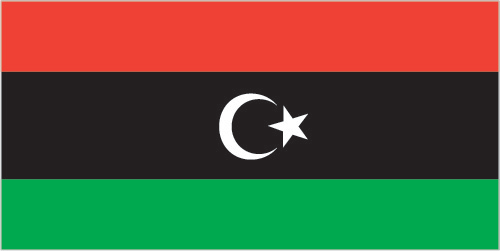
Libya's economy is structured primarily around the nation's energy sector, which generates about 95% of export earnings, 80% of GDP, and 99% of government income. Substantial revenue from the energy sector coupled with a small population give Libya one of the highest per capita GDPs in Africa, but Tripoli largely has not used its significant financial resources to develop national infrastructure or the economy, leaving many citizens poor. In the final five years of QADHAFI's rule, Libya made some progress on economic reform as part of a broader campaign to reintegrate the country into the international fold. This effort picked up steam after UN sanctions were lifted in September 2003 and after Libya announced in December 2003 that it would abandon programs to build weapons of mass destruction. The process of lifting US unilateral sanctions began in the spring of 2004; all sanctions were removed by June 2006, helping Libya attract greater foreign direct investment, especially in the energy and banking sectors. Libyan oil and gas licensing rounds drew high international interest, but new rounds are unlikely to be successful until Libya establishes a more permanent government and is able to offer more attractive financial terms on contracts and increase security. Libya faces a long road ahead in liberalizing its primarily socialist economy, but the revolution has unleashed previously restrained entrepreneurial activity and increased the potential for the evolution of a more market-based economy. The service and construction sectors expanded over the past five years and could become a larger share of GDP if Tripoli prioritizes capital spending on development projects once political and security uncertainty subside. Climatic conditions and poor soils severely limit agricultural output, and Libya imports about 80% of its food. Libya's primary agricultural water source is the Great Manmade River Project.
$73.6 billion (2013 est.)
country comparison to the world: 85
$77.57 billion (2012 est.)
$37.94 billion (2011 est.)
-5.1% (2013 est.)
country comparison to the world: 217
104.5% (2012 est.)
-62.1% (2011 est.)
$11,300 (2013 est.)
country comparison to the world: 109
$12,100 (2012 est.)
$6,000 (2011 est.)
agriculture: 2%
industry: 58.3%
services: 39.7% (2013 est.)
NA%
note: about one-third of Libyans live at or below the national poverty line
3.2% (2013 est.)
country comparison to the world: 121
6.1% (2012 est.)
1.644 million (2013 est.)
country comparison to the world: 127
agriculture: 17%
industry: 23%
services: 59% (2004 est.)
30% (2004 est.)
country comparison to the world: 182
petroleum, petrochemicals, aluminum, iron and steel, food processing, textiles, handicrafts, cement
9.6% (2013 est.)
country comparison to the world: 16